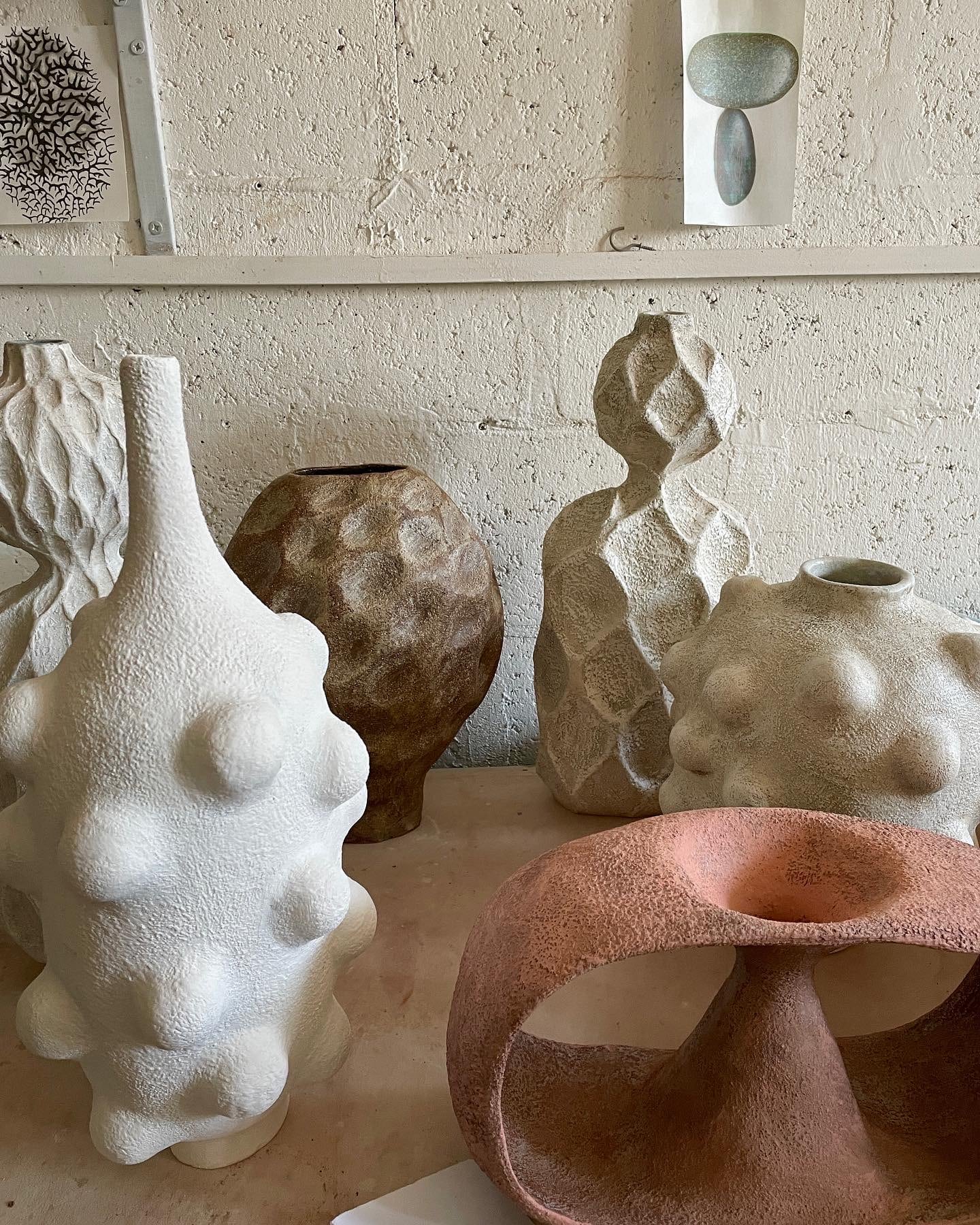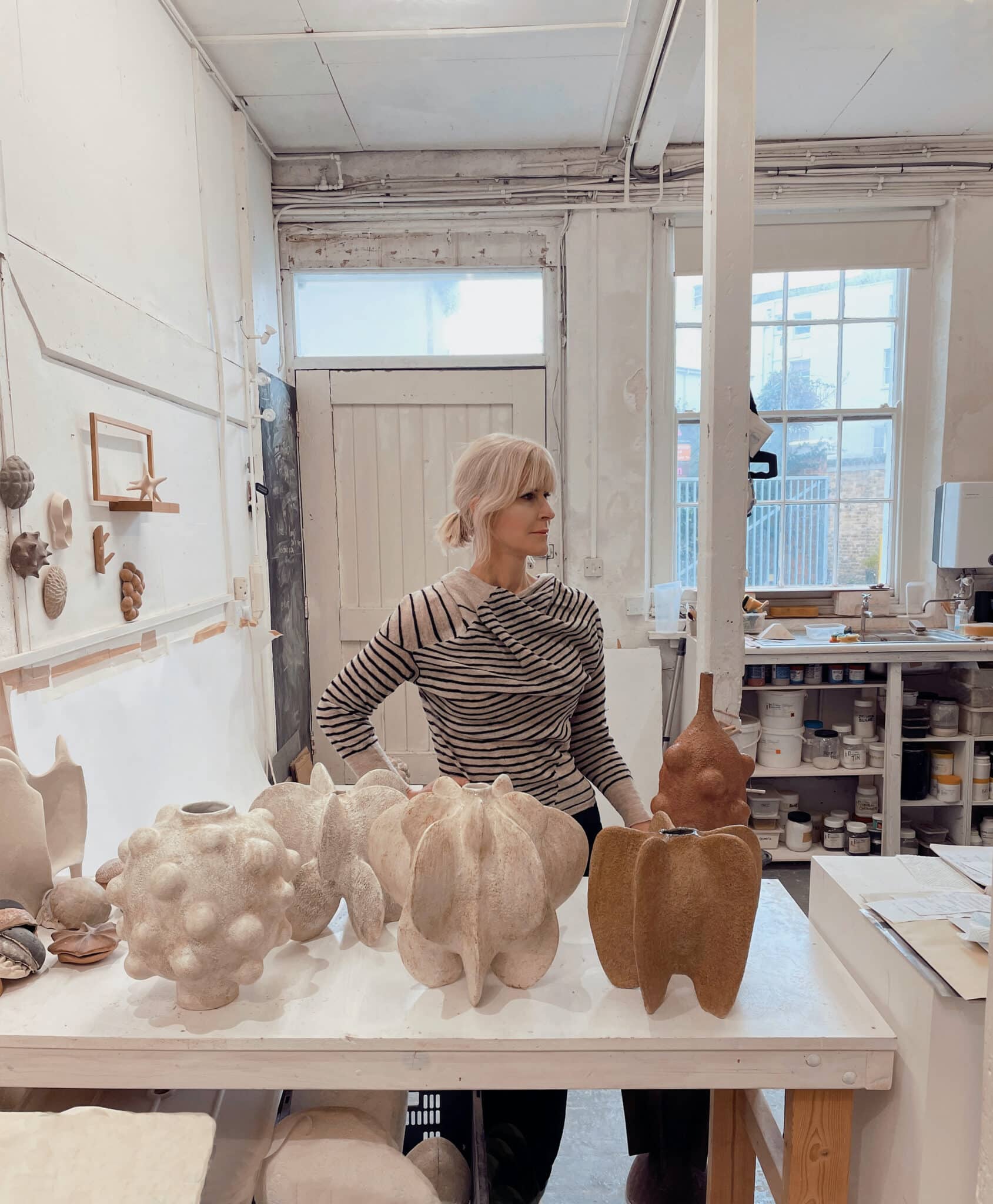
Behind the Scene : Julie Nelson

Living on the edge of land and sea has become a constant source of inspiration. It brings me full circle to my early years growing up in Devon. I spent much of my time playing on the beach but I took the beauty of the environment of my childhood for granted.
Today I’m living and working back on the coast, in Brighton, just an hour from London where I have lived for many years.
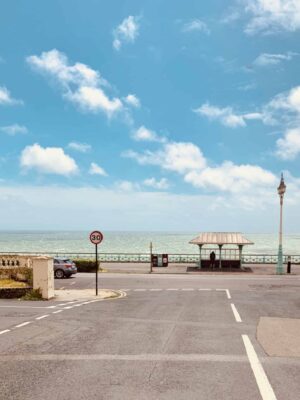
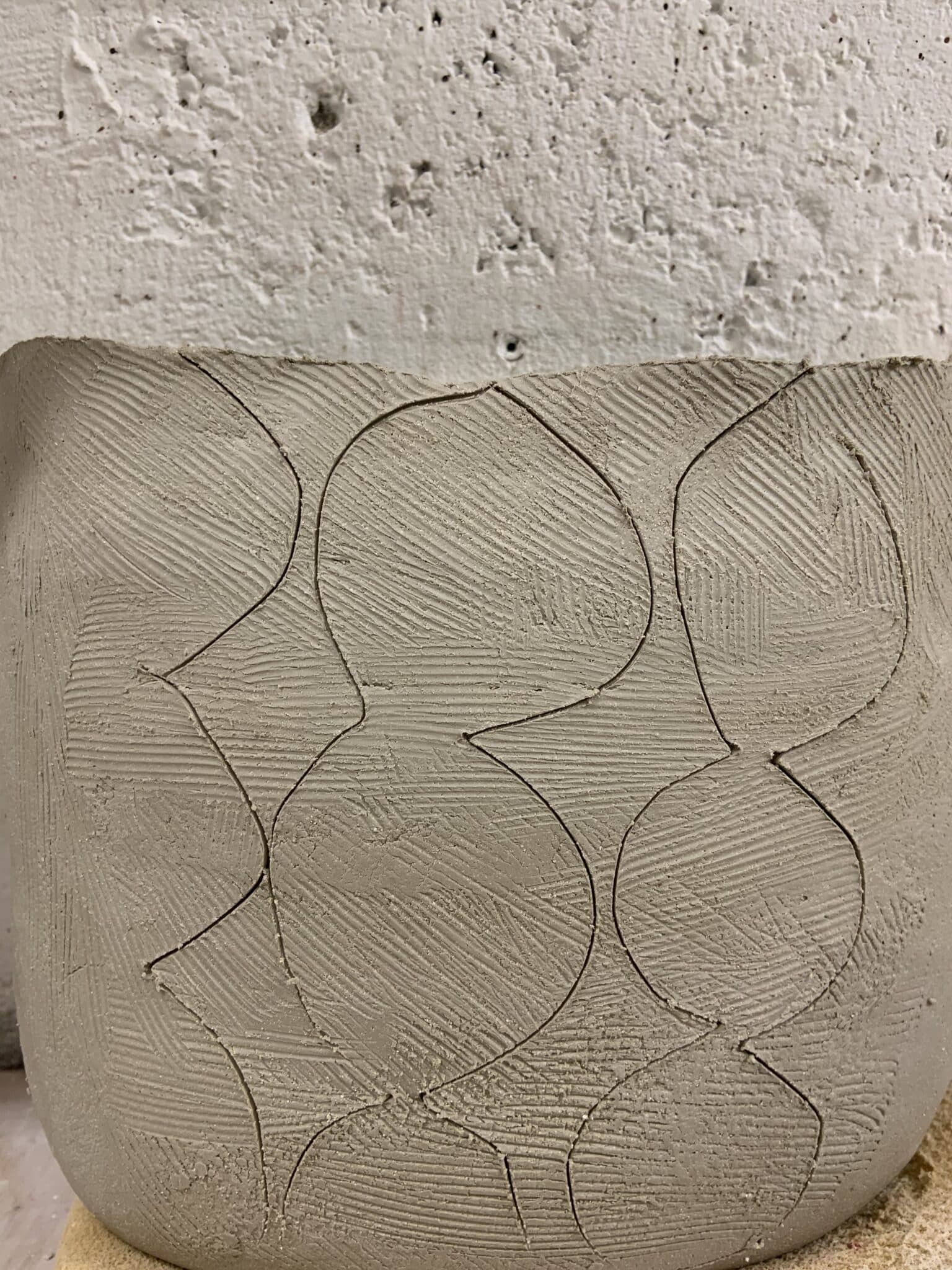
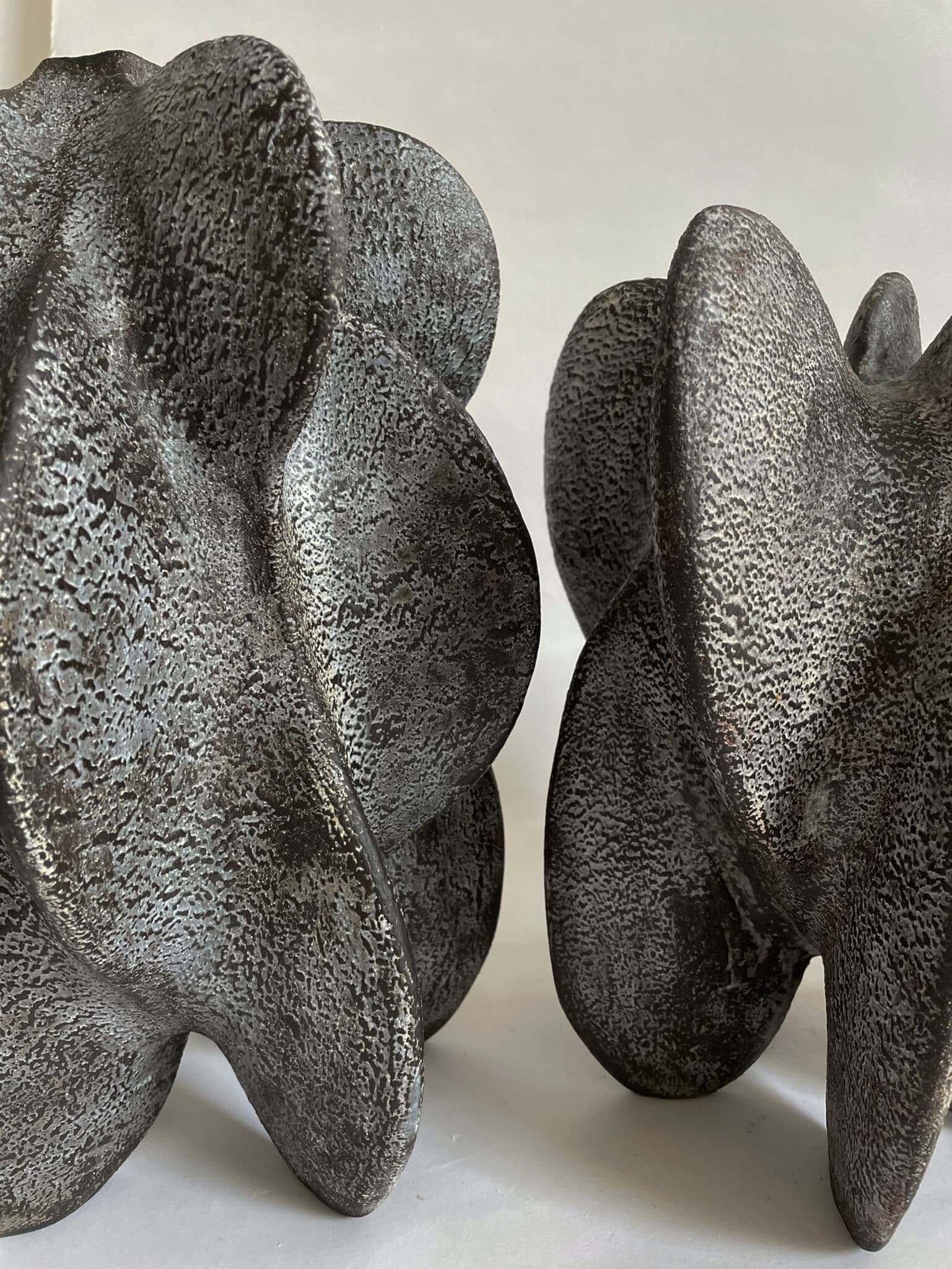
Walking on the beach, my eyes crawl the surface, hoping for something to catch my interest amongst the enormous range and colour of smoothed and grounded pebbles, the result of millions of years of geographical moments. Ceramics is the perfect material to express the elemental joy I find in the simple beach gems which hold such a rich containment of layer and colour, rubbed to a burnished surface, all held within.
It is the strangeness and the diversity of shore-life that makes it so fascinating. Its population is everchanging with the tide, bringing perpetual interest with each wave and creating distinct patterns in the sand with each turn.
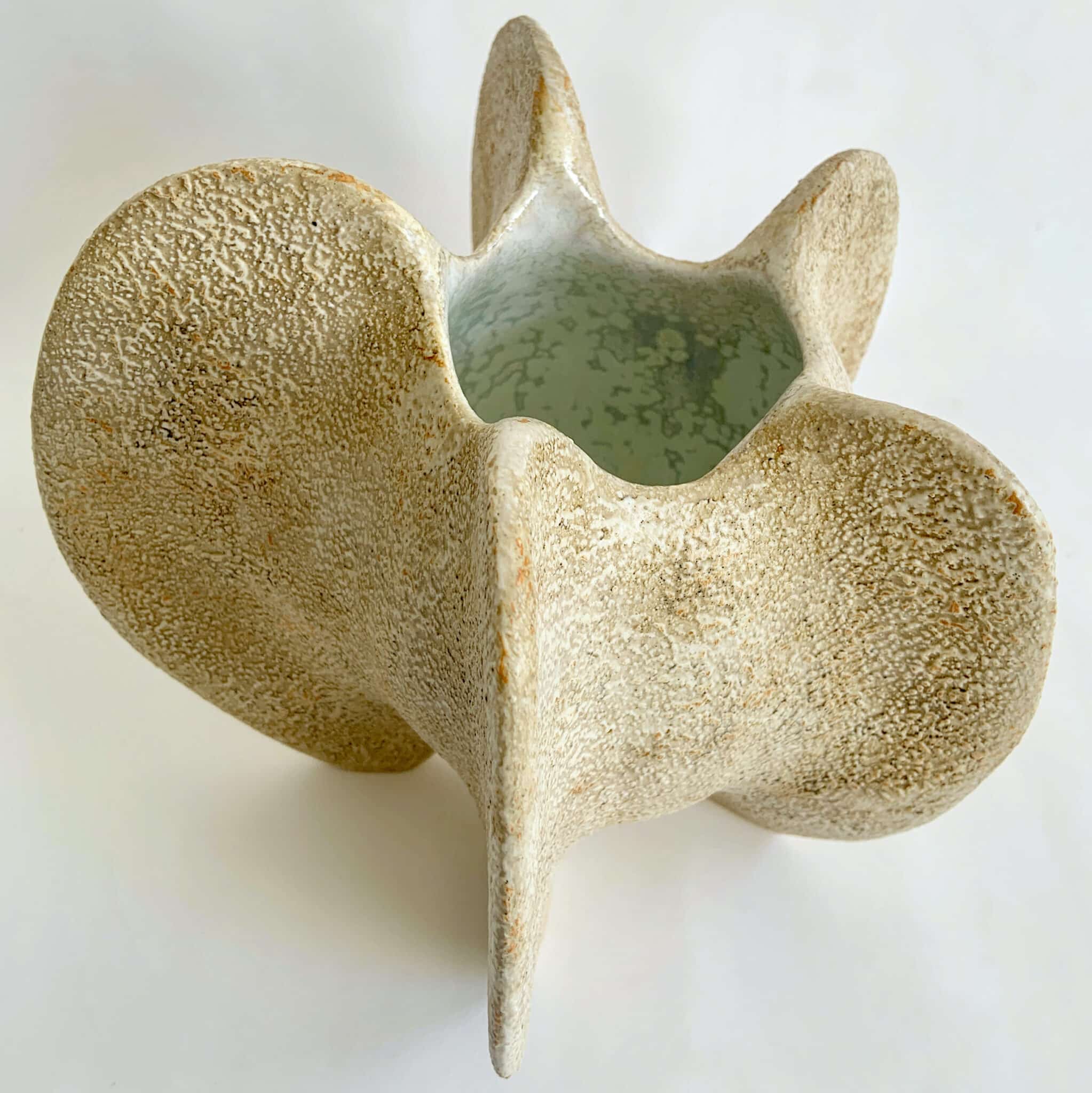
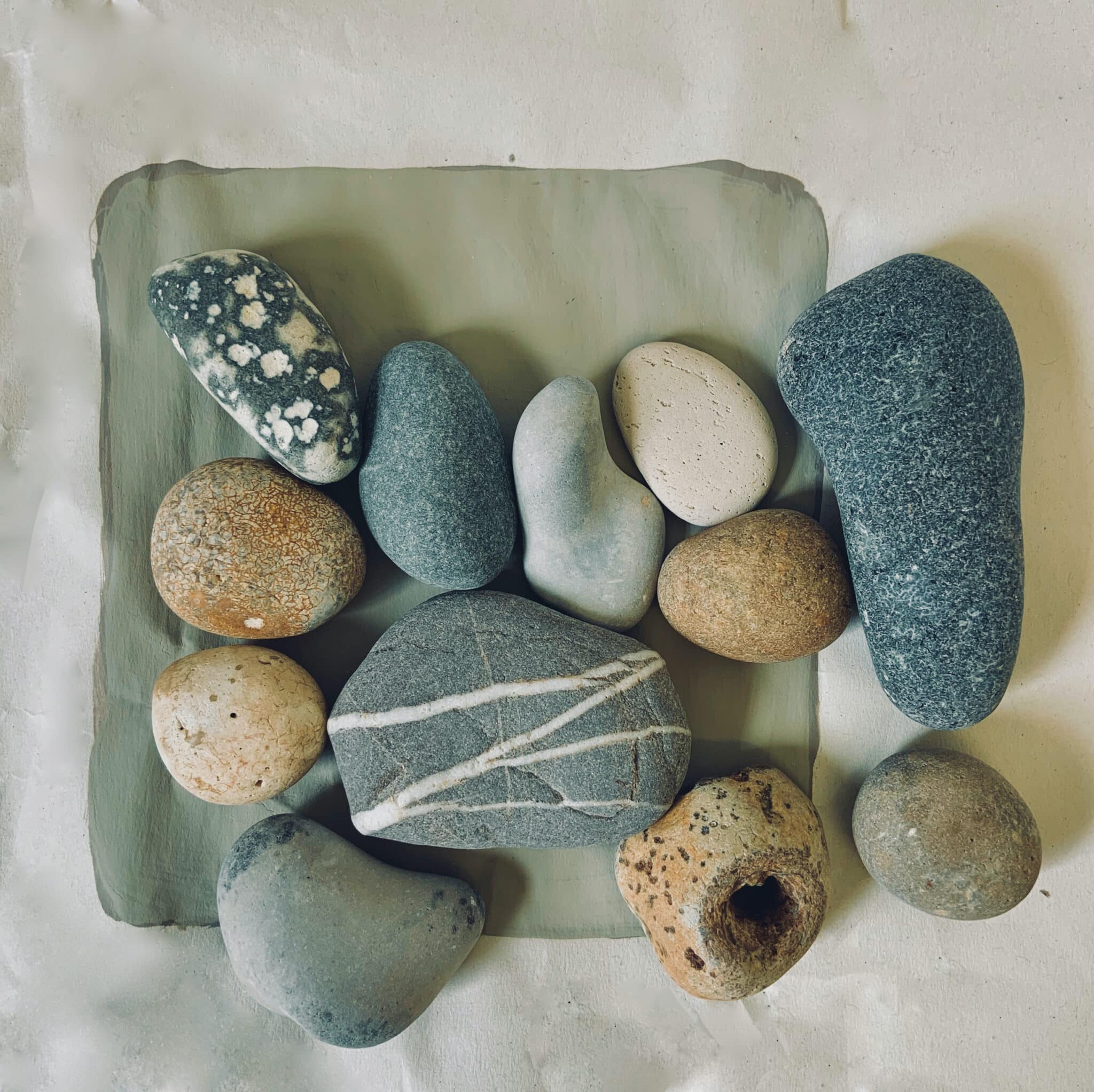
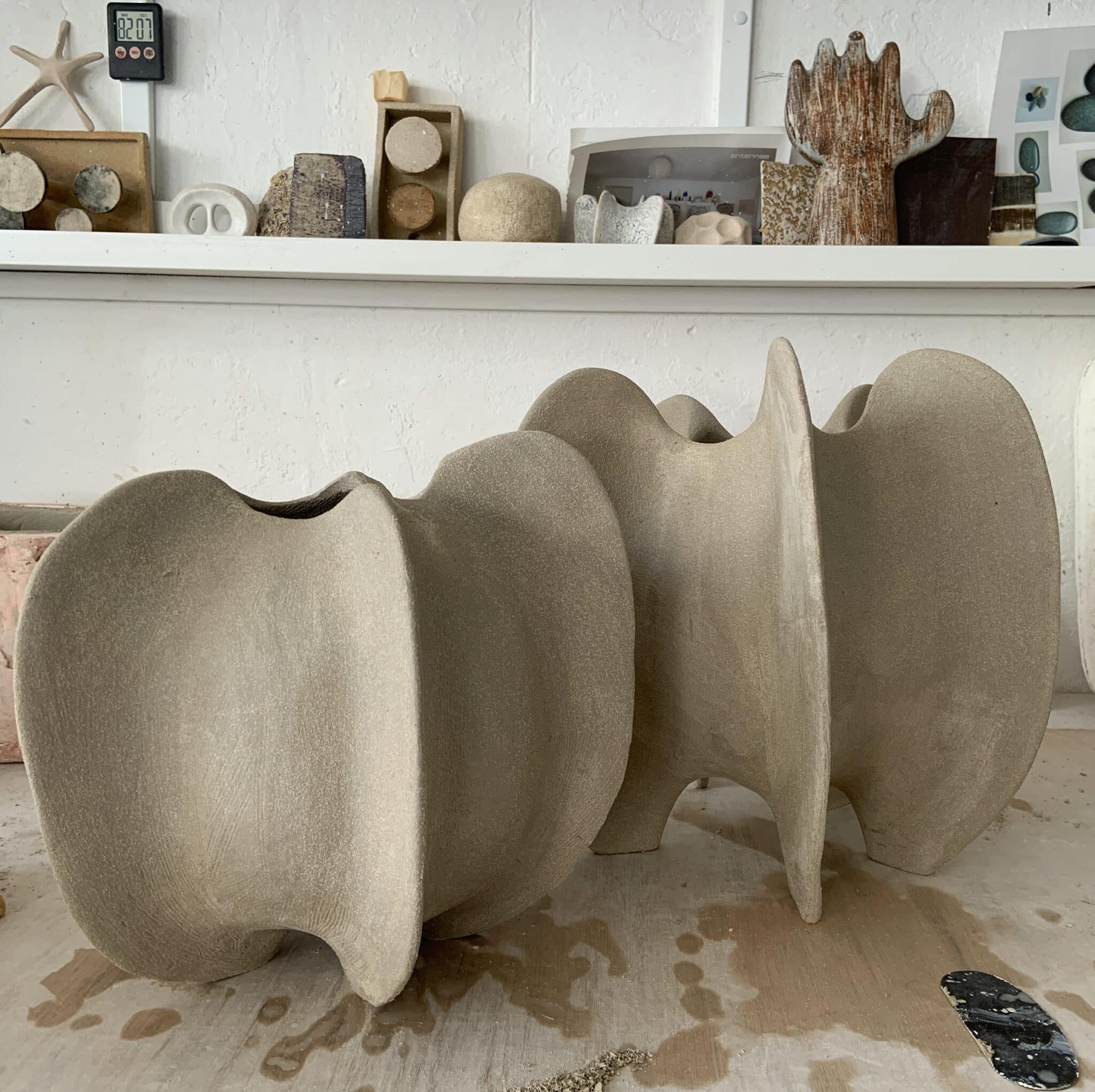
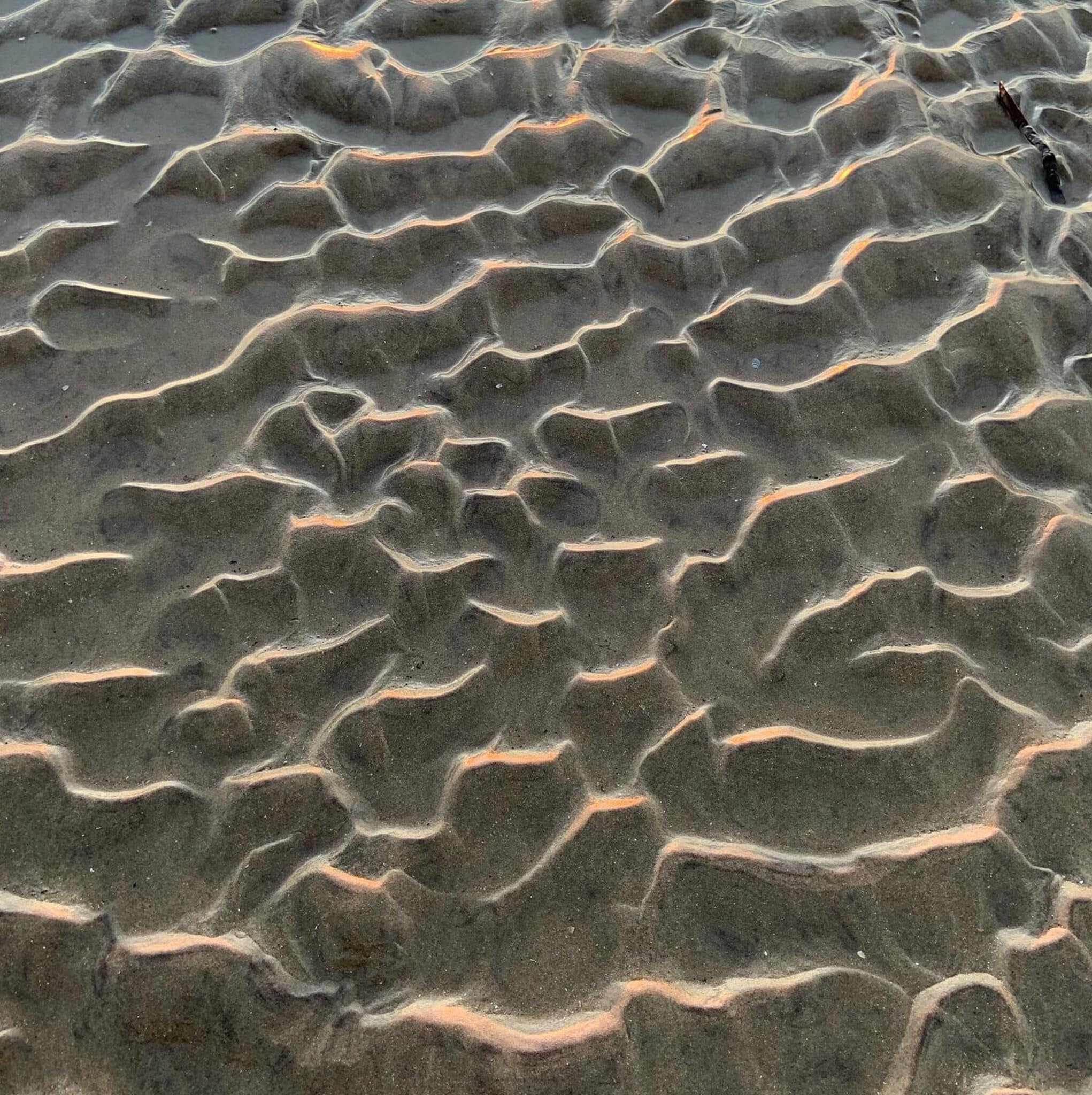
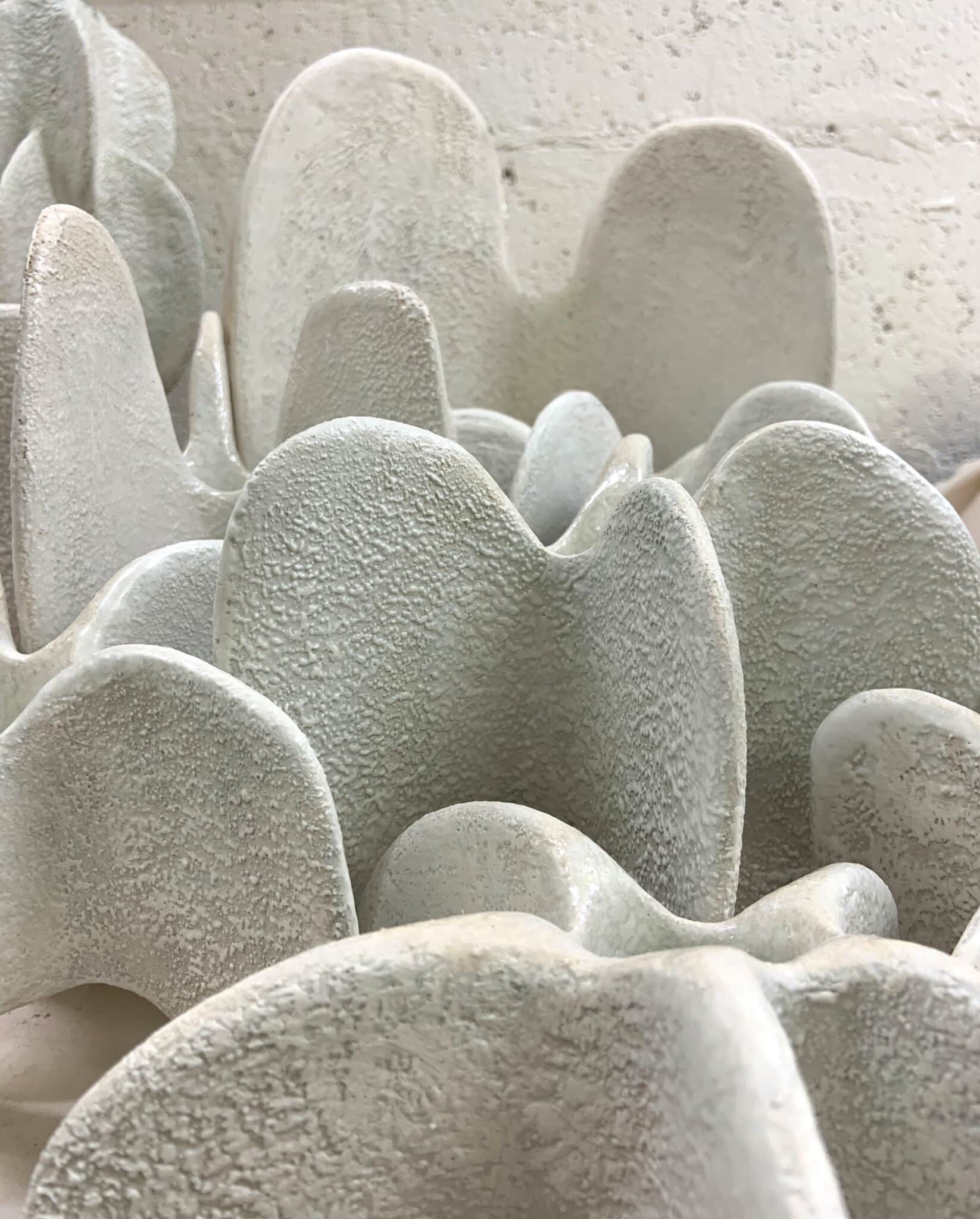
Encouraged by our parents, my sister and I always made things at home, creating collections of found objects, drawing and sewing and it was a creative degree that drew me to London in the late 80’s. I studied for a BA degree in three dimensional design, specialising in ceramics. I made sculptures that expressed my ideas about transforming elements, growth and entropy, the processes of life and nature.
These are the themes I have continued to explore throughout my work.
As clay is so intrinsically made from the earth, it is no wonder that its meditative qualities, the ease with which it can be formed, have come to symbolise a return to our ancient selves. Whether studying plants, observing landscapes or tiny barnacles on a shell, the repetition of certain forms and patterns serves to remind us of the connectedness of everything.
My hand-built ceramics start as explorations of nature patterns but they soon take on their own entity. I experiment with each clay’s particular characteristics and colour, layering slips and mixing glaze recipes to create a library of tests which I refer back to constantly. I fire my work to a stoneware temperature and each piece spends at least two sessions in the kiln, sometimes more.
Unique to clay is the period when the piece you have created is dry enough to be fired in a kiln. This is where the physics and chemistry of clay come into play, though we ceramicists refer to this moment as the period of the kiln gods for, despite the best planning, there is always the possibility of surprise.
I have brought a more ordered aesthetic into my forms in the last couple years which may be a response to world events. I have been more conscious of pattern, of the mathematics present in nature and the natural forces which can impart a more irregular flow as a piece of work grows. I can liken this to the coastal tides which, though they have a regularity to them, they are by no means the same. Like the waves lapping the shore, each piece of work relates to what came before. This accumulation of events becomes a historical record instantiated in the physical world as unique objects – the same but different. History, like my work, never truly repeats itself but it rhymes.
